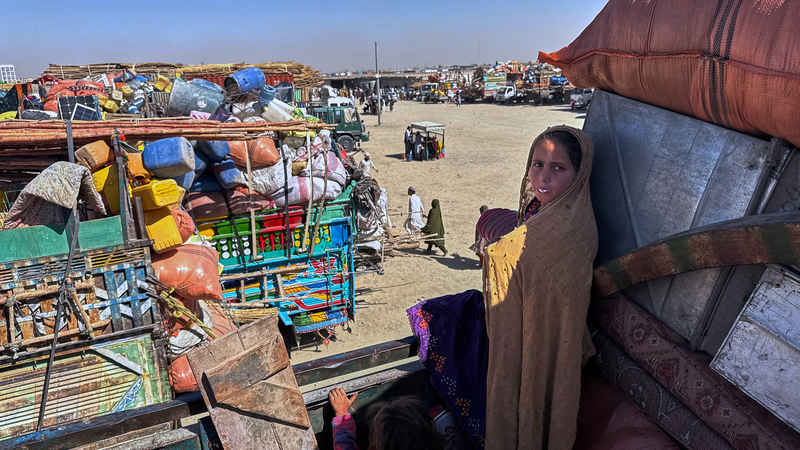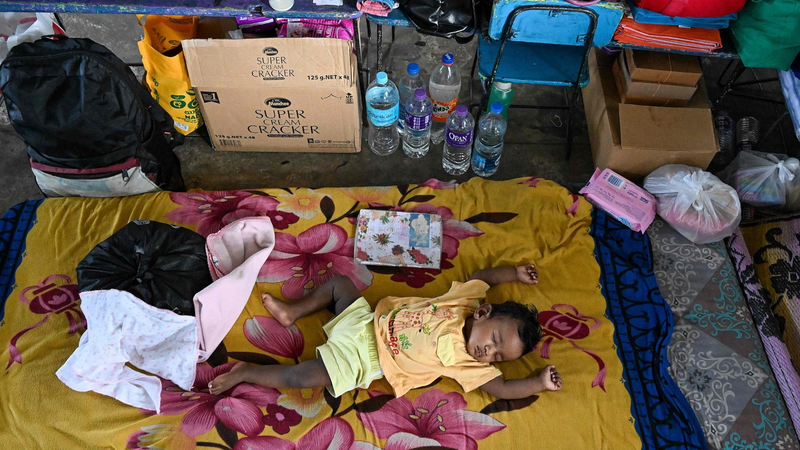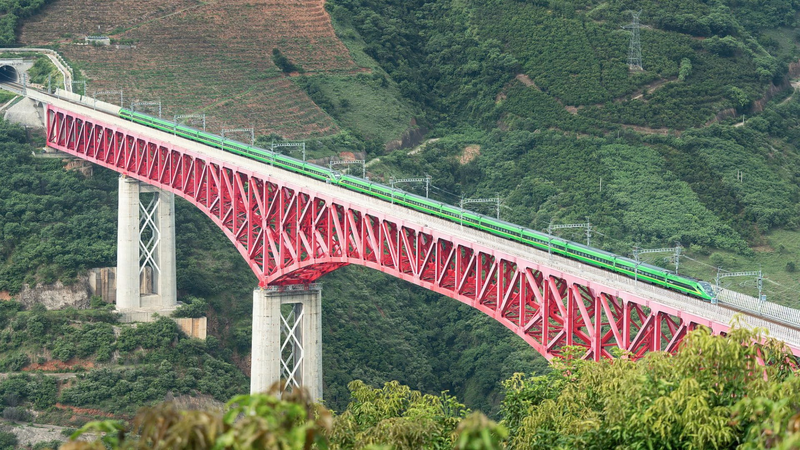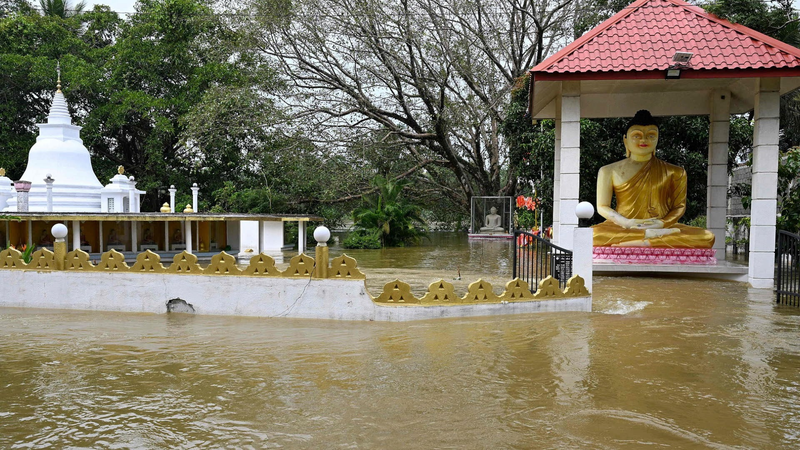Over the weekend, Pakistan took the unprecedented step of shutting its major border crossings with Afghanistan after a heated exchange of gun and artillery fire left both sides on edge.
Late on Saturday, Afghan troops opened fire on Pakistani posts along the frontier—what the Afghan ministry of defense described as a response to earlier airstrikes in Kabul reportedly targeting a Tehreek-e-Taliban Pakistan leader. Islamabad swiftly answered back, with security officials confirming that several Afghan border posts were destroyed in retaliatory strikes.
By Sunday morning, the worst of the exchange had died down, though residents in Pakistan’s Kurram region still reported intermittent gunfire. In response to the flare-up, Pakistani authorities closed their two main crossings—Torkham and Chaman—as well as at least three smaller gateways: Kharlachi, Angoor Adda, and Ghulam Khan.
For landlocked Afghanistan—a country that shares a 2,600-kilometer border with its neighbor—these closures can spell major disruptions for trade, travel, and local communities that straddle the frontier. So far, there has been no comment from Kabul on the shutdown. The Taliban administration’s spokesman, Zabihullah Mujahid, insisted on Sunday that “there is no kind of threat in any part of Afghanistan’s territory.”
The backdrop to this standoff is a long-standing feud: Islamabad accuses the Taliban administration of harboring militants who launch attacks inside Pakistan—a claim Kabul denies. Earlier in the week, Pakistani airstrikes in Kabul allegedly targeted a top TTP figure, though it remains unclear if the militant leader survived.
As tensions simmer, experts warn that continued border closures could stall regional trade and fuel further mistrust. Observers are calling on both sides to de-escalate, reopen crossings, and revisit dialogue channels that have, until now, managed to keep this sensitive border region from boiling over.
Reference(s):
Pakistan closes border with Afghanistan following exchanges of fire
cgtn.com




